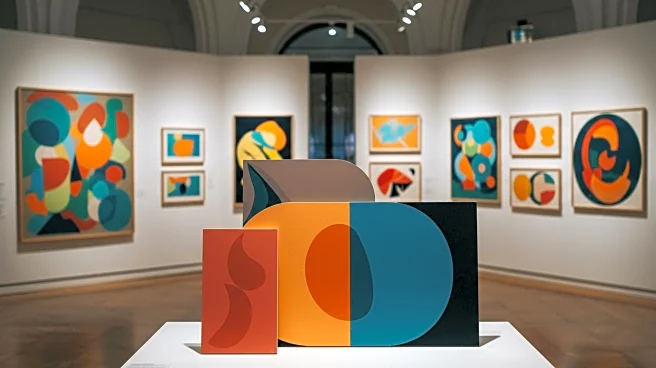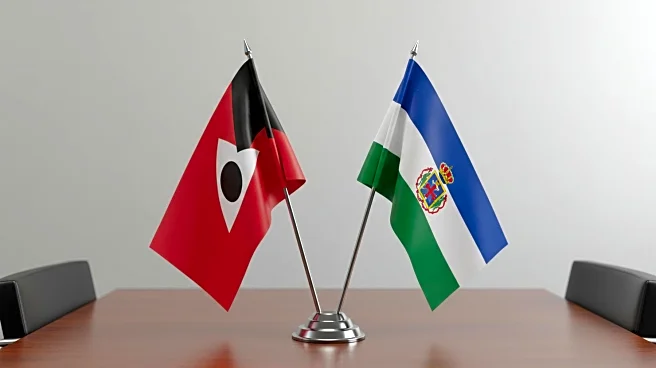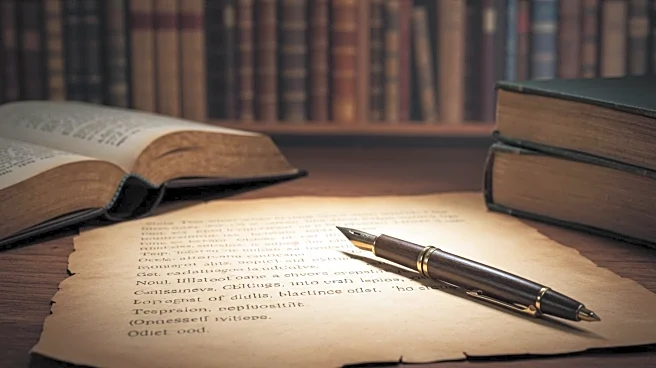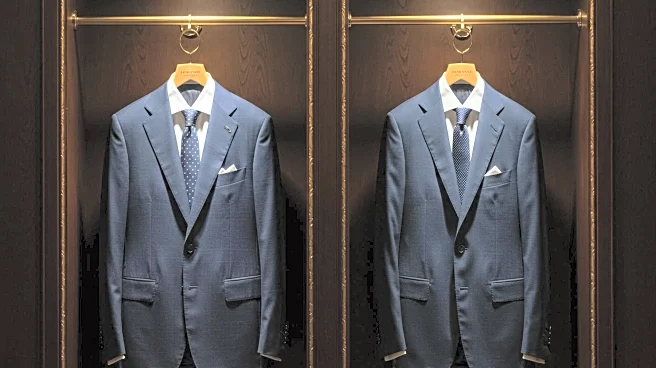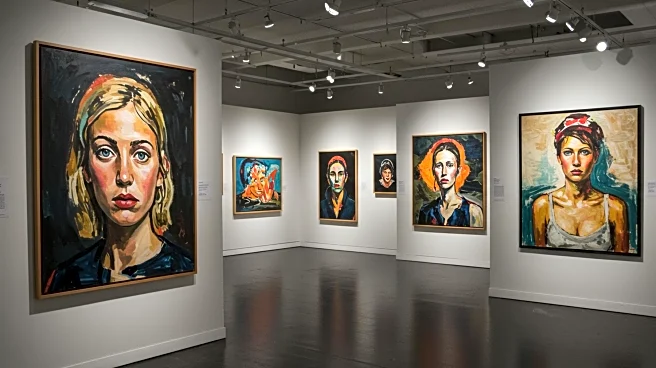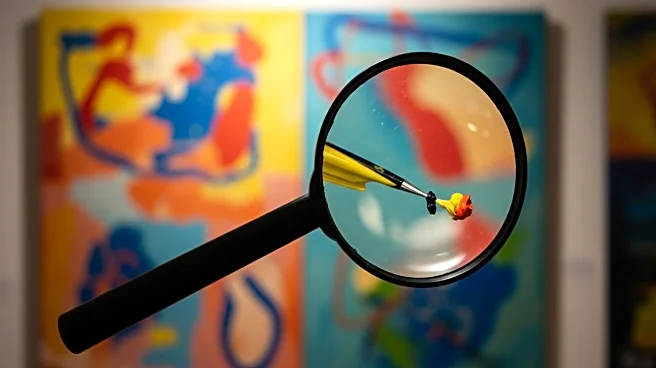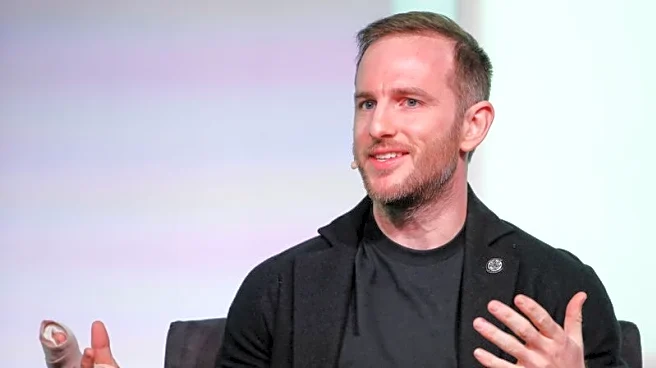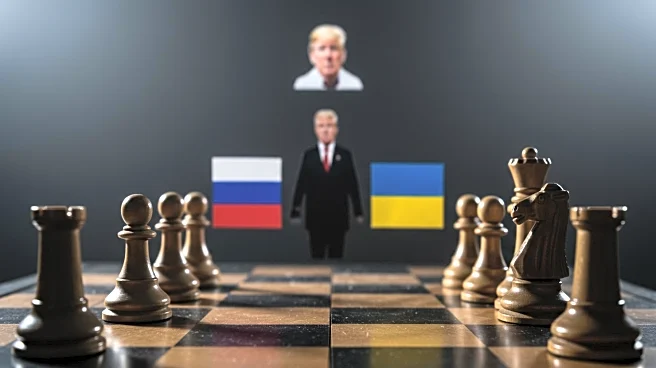What is the story about?
What's Happening?
The White House has issued a list criticizing certain artworks and exhibitions at the Smithsonian Institution, focusing on themes of race, immigration, and sexuality. This follows a request from the administration for the Smithsonian to submit plans for future exhibitions and content, aiming to align with President Trump's cultural directives. The list includes works from the National Museum of African American History and Culture, the National Portrait Gallery, and the National Museum of the American Latino. Artists and scholars have expressed concern over potential censorship and the chilling effect on creative expression.
Why It's Important?
The White House's actions could have significant implications for artistic freedom and cultural representation in the U.S. The directive to replace 'divisive' language with 'unifying' descriptions may lead to self-censorship among artists and institutions. This move is reminiscent of past cultural wars and censorship efforts, raising concerns about political influence over public art and historical narratives. The Smithsonian's commitment to remaining free from partisan influence is being tested, potentially affecting how American history and culture are portrayed.
What's Next?
The Smithsonian has 120 days to comply with the White House's request for a comprehensive review. Artists and scholars may continue to speak out against perceived censorship, and legal challenges could arise. The broader art community may rally to defend artistic freedom, potentially leading to protests or alternative exhibitions. The situation could influence future funding and support for the arts, particularly from government sources.
Beyond the Headlines
The controversy highlights the ongoing debate over 'woke' culture and its impact on public institutions. It raises questions about the role of art in challenging societal norms and the power dynamics between government and cultural entities. The situation may prompt discussions on the ethical responsibilities of museums and galleries in representing diverse perspectives.
AI Generated Content
Do you find this article useful?
